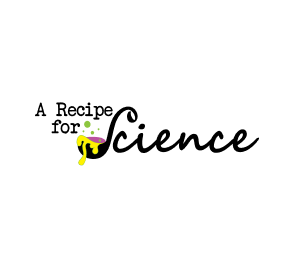



Today, we're diving into a fascinating experiment that brings the water cycle right into your home, making it a splash hit for curious minds.
Imagine capturing a piece of the sky in a bag. That's what we're doing with the "Water Cycle in a Bag" experiment. It's a simple yet captivating way to observe the wonders of how water moves from our lakes and oceans into the atmosphere and back again. With just a few materials, you can create a mini-world of weather in your living room.
At the heart of this experiment lies the branch of science known as hydrology—the study of water in the environment. Hydrology plays a pivotal role here, as it helps us understand the processes of evaporation, condensation, and precipitation, which are the core components of the water cycle. By observing the transformation of water within our zip-top bag, we're witnessing a small-scale version of the global water cycle that sustains life on Earth.
Don't have the exact materials listed? No problem! Here's a list of substitutions that can keep the experiment flowing:
- Instead of a water cycle template, draw your own on a piece of paper or use a printable from an educational website.
- No zip-top bag? Any clear, sealable plastic bag will do.
- Out of blue food coloring? Use a washable blue marker to color the water or leave it clear to focus on the process rather than the color.
This experiment is perfect for young scientists aged 6 and up, with adult supervision ensuring a safe and educational experience. You'll need about 10 minutes for setup, and while the water cycle magic happens over several hours, the actual hands-on time is minimal. Results start to appear within a few hours, but for the full effect, leave your bag in a sunny spot for a day or two.
So, grab your little ones and embark on a hydrological journey that's sure to make a splash in their scientific hearts! Happy experimenting!
Click here for the full experiment details. Checkout the main website: Little Bins for Little Hands
Get experimenting!
Feed your knowledge.
Come back for more recipes for science!